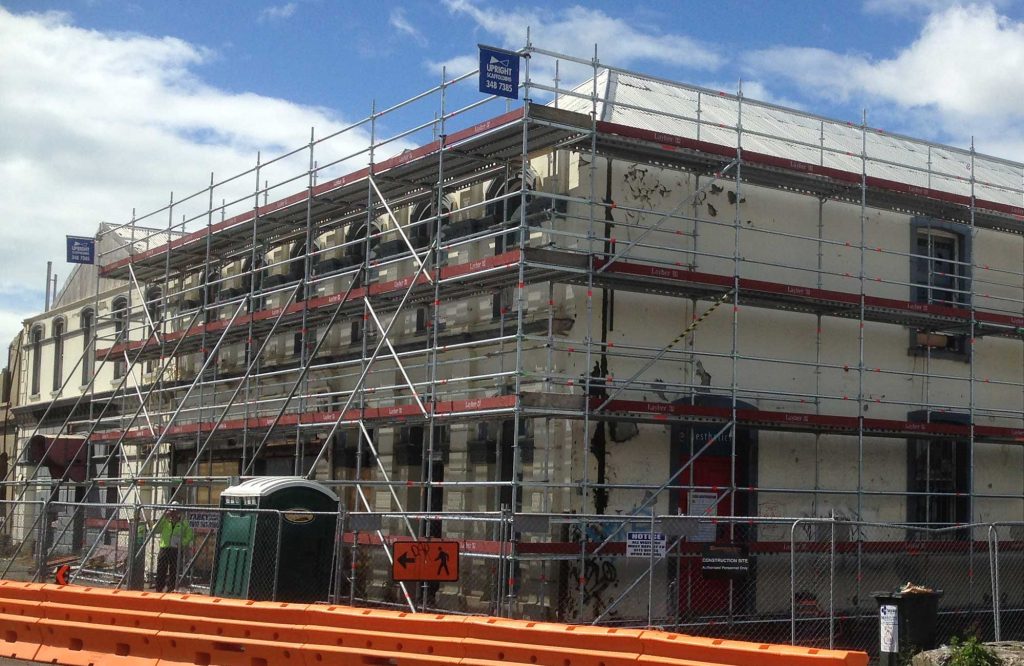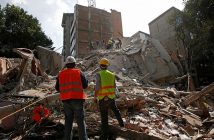Most seismically vulnerable buildings are not imminently dangerous and can remain occupied while seismic remediation work is planned, funded and undertaken, the Ministry of Business, Innovation and Employment (MBIE) advises

The new seismic risk guidance has been developed by MBIE to help building owners and users understand seismic assessments and provide them with the tools to make informed and risk-based decisions about continuing to occupy buildings with low seismic ratings.
“Compared to most business-as-usual risks, earthquakes are low probability,” says Dr Dave Gittings, MBIE’s Manager Building Performance and Engineering.
“It’s important that building occupancy decisions consider the likelihood of an earthquakethe potential consequences of an earthquake, along with the temporary mitigation measures that can be put in place to reduce risk,” says Dr Gittings.
The new guidance highlights how life safety risk to building users in seismically vulnerable buildings can be appropriately mitigated through emergency planning and training as well as restraining plant, services and contents within the building.
The guidance addresses some common misconceptions around how the New Building Standard should be used and clarifies there is no legal requirement to close a building based solely on a low NBS rating.
“An NBS rating is not a predictor of building failure in an earthquake and buildings with low NBS ratings are not imminently dangerous,” Dr Gittings says.
“Understanding the relative vulnerability of different building elements, potential consequences of failure of these elements, and options to mitigate that risk, is more important than the overall NBS rating for a building.”
Under the Earthquake-prone Building System, buildings with a %NBS rating of less than 34 per cent are determined to be earthquake-prone and building owners are required to remediate their building within a specific timeframe. Buildings may continue to be occupied during this time.
“Seismic assessments are an important tool to encourage strengthening of vulnerable buildings and improve of our building stock, but it’s important that decisions on these are well informed and remediation work well planned so that the needs of our communities can continue to be met and the risks managed, while we work to reduce the impact of future earthquakes,” says Dr Gittings.
Read the MBIE guidance here.









